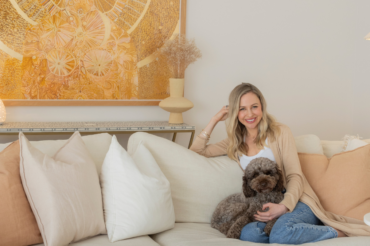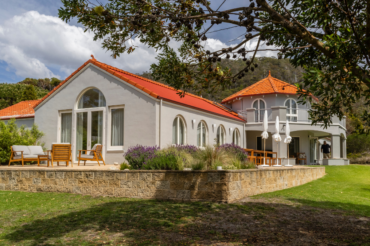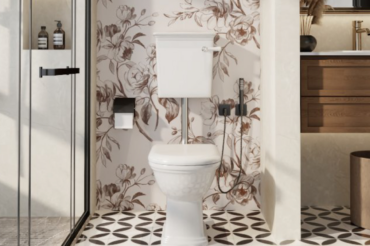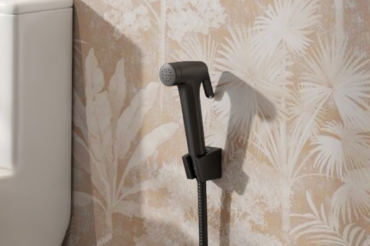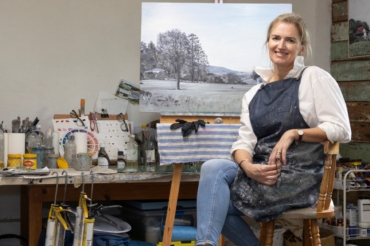To most of us, colour is a passing interest, generally noticed only when it’s used badly. But to colour consultant Sue Lenehan, colour is both a precise science and an absorbing career path.
Sue began her working life as a nurse and diverged into sales and marketing for a pharmaceutical company. But at the back of her mind she always knew there must be something more fulfilling. She’d always had a strong interest in interior design so when she heard about the Sydney International School of Colour and Design she decided to take a career break and enrol in a year-long course. The experience opened her eyes to the wonderful world of colour and, by the time she went back to work, she was well on her way to forging a new career in that field. She began dabbling in colour consultancy and before long her after-hours job was taking up so much of her time that she took the leap into self-employment. Further studies added to her CV and she now works full time as a consultant, advising on schemes for residential and commercial properties.
“They say there are no rules when it comes to colour,” Sue says. “But the more you learn about it, the more you realise there are some pretty strong guidelines. For example, people imagine that complementary colours are simply colours that go together. In fact, they are colours that are opposite each other on the colour wheel and, when mixed together, they produce a neutral colour (black, grey or white). When you team them together they accentuate each other.”
As well as taking on freelance commissions, Sue works part time for paint manufacturer Dulux and its colour atlas, bursting with more than 4000 paint options, is her trusted manual. “Each page begins with one of the 48 colours on the wheel and every swatch on that page is either strengthened with black or grey or diluted with white,” she explains. “So all the colours on a page will work well together because they have the same base colour.”
Sue generally advises people to start their colour schemes with the kitchen, particularly if it is open plan, as that should then relate to all the spaces it connects to. She adds that it is impossible to choose precise colour schemes for a new house until the walls are up and she is able to ascertain precisely how the light falls in each room and how it will affect the colours in them.
This story was originally published in Australian Country issue 15.3. To subscribe to the magazine, click here.
For more home and interior stories, click here.
Words Kirsty McKenzie
Photography Sue Stubbs










